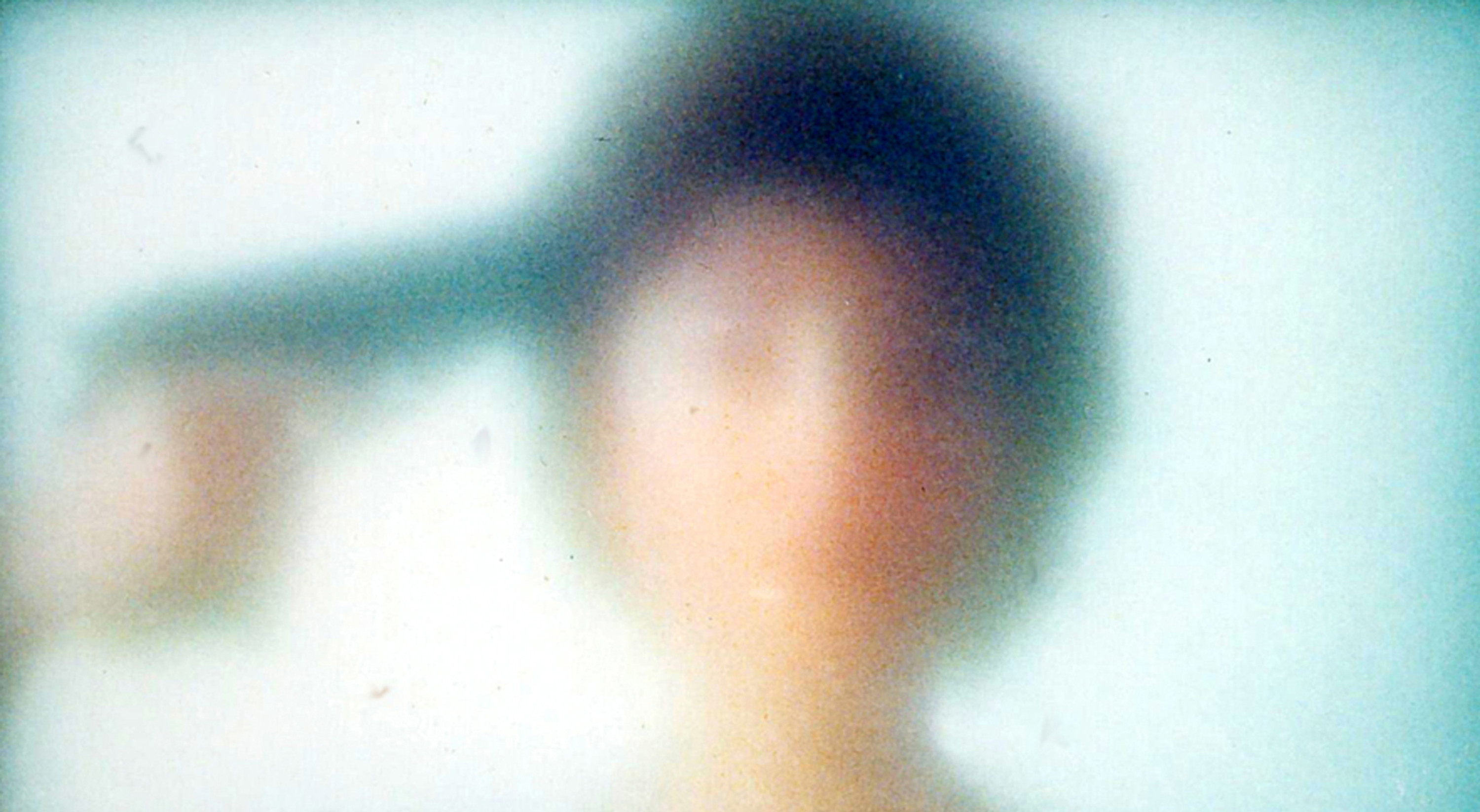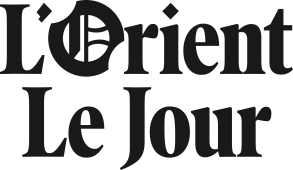Lina Majdalanie, Rabih Mroué
Biokhraphia
novembernov 13 – 16
Text and direction Lina Majdalanie, Rabih Mroué. Set design and graphics Ali Cherri. With Lina Majdalanie. Computer programming and technical director Thomas Köppel. Translation Catherine Cattaruzza.
Production The Lebanese Association for Plastic Arts, Ashkal Alwan (Beyrouth) ; Théâtre Vidy-Lausanne
In partnership with L'Orient Le Jour
La Commune, centre dramatique national d'Aubervilliers and the Festival d'Automne à Paris are co-producers and co-presenters of this show.
Rabih Mroué with Laure Adler.
Listen on France Culture
These two one-person shows, Biokhraphia et Riding on a cloud, are an investigation into the self-portrait. In Riding on a Cloud, a man called Yasser speaks into a dictaphone, projects videos and broadcasts recordings, whilst expressing reservations about the extent to which these documents coincide with his true self. In Biokhraphia, it is Lina Majdalanie who becomes the subject of a very unusual interview.
Biokhraphia (2002) is a compound word, the rough translation of which is “crazy-life”. The piece gives rise to a heated interview with the artist Lina Majdalanie about a show that she created with her partner Rabih Mroué and which was to be named Biokhraphia. Pushing the artist to her very limits, the interviewer, who manifests herself via a recording of Lina Majdalanie's own voice, forces the latter to answer for her intimate, family, political and above all artistic choices. We suspect that some of the criticisms levelled by the interviewer echo the recurrent criticisms that the Majdalanie-Mroué tandem were subject to in relation to their work as theatre practitioners, and in particular with respect to more conventional forms of theatre, considered by some to be the only ones worthy of that name. What emerges from out of this grating, offbeat mise en abyme of the self-narrative is none other than a political and aesthetic manifesto.
Interview with Lina Majdalanie & Rabih Mroué
In the same place


